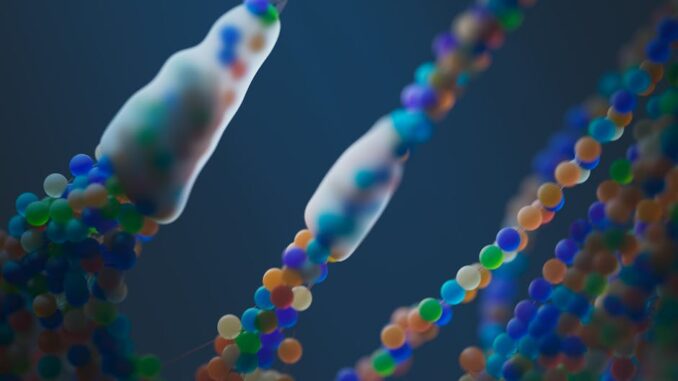
Summary
Researchers have developed a method to expand the color palette of bioluminescent proteins, enabling simultaneous detection of multiple labeled cells. This simplifies cell tracking and has potential for monitoring cell fate or identifying rare cell responses to drugs. This breakthrough allows for enhanced, real-time imaging of cellular processes without the need for external light sources.
See how TrueNAS offers real-time support for healthcare data managers.
** Main Story**
So, there’s been a really cool development in bioluminescence imaging – basically, we can now see a much wider range of colors. And you might be asking, why does that even matter? Well, it could revolutionize how we study cells and how we develop new therapies.
Why Bioluminescence is a Big Deal
Bioluminescence, that natural glow you see in fireflies or some marine life, it’s becoming a go-to tool for imaging cells. See, unlike fluorescence microscopy, which needs you to shine a light on the sample, bioluminescence makes its own light thanks to an enzymatic reaction. This is huge because external light can actually damage cells (phototoxicity) and mess up your data (photobleaching). Who needs that headache?
More Colors, More Insights
Now, before this breakthrough, we were stuck with a pretty limited color palette. It made it tough to track multiple things at once. But get this: researchers have figured out a way to create twenty different colors! It’s all about fusing a luciferase enzyme (that’s the thing that makes light) with fluorescent proteins. And the best part? You can image all these different cells at the same time with a regular camera. I mean, come on, it’s really neat, right?
What Can We Actually Do With It?
Okay, so what does this color expansion really mean for us? Think about these:
-
Tracking cell fate: Imagine being able to follow different cell populations over time, seeing where they go and what they do. It’s like having a GPS for cells. This could provide insight into how diseases progress, how tissues regenerate, and all sorts of other exciting stuff. I remember once working on a project tracking stem cells, and something like this would’ve been a game-changer.
-
Finding those rare cells: Ever tried to find a needle in a haystack? It’s kind of like trying to find rare cells with specific characteristics. With these new bioluminescent colors, it becomes much easier to spot them, isolate them, and study them. It is a game changer when studying drug resistance in cells.
-
Watching protein interactions: How cool would it be to watch proteins interact in real-time? Bioluminescence imaging lets you do just that, giving us a window into cellular communication and signaling pathways. Protein interactions are so fundamental to the way life works, and to be able to see this visually is amazing.
-
Seeing Proteins Move: Monitoring proteins within cells, getting insights into how they move about is super important. I mean, what’s the point of finding a protein if you can’t see what it’s doing, right?
-
Understanding Oxygen in the Brain: We can now study oxygen deprivation during events like strokes or heart attacks with greater precision, enabling us to develop better treatments for brain injuries.
But Wait, There’s More!
Look, the benefits go beyond just avoiding external light. These bioluminescent proteins are small, so they don’t mess with normal cell function. And, they’re stable, ensuring that the signal lasts over time. Plus, with reporters like NanoLuc® Luciferase, the signal is bright, you need less exposure time when imaging. This, in turn, accelerates data acquisition, and means less stress for the cells. And you can then visualise your luciferase assays to see which cell types provide signal. It’s really a win-win-win!
The Future’s Looking Bright (Literally)
Honestly, this advancement is a huge deal for medical research and diagnostics. The ability to visualize cellular processes non-invasively and in real-time, combined with the expanded color palette, paves the way for a deeper understanding of diseases, personalized medicine, and drug discovery. I mean, scientists are talking about using bioluminescence for advanced bioimaging, diagnostics, and even for finding new drugs. It’s like bioluminescence got a major upgrade, illuminating the path toward better healthcare. And you can’t help but ask, what’s next?


The development of twenty different colors is impressive! Has this expansion of the bioluminescent palette been applied to high-throughput drug screening, potentially accelerating the identification of compounds that affect specific cellular pathways?